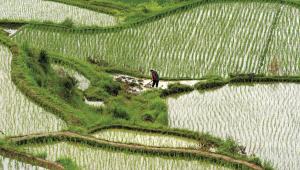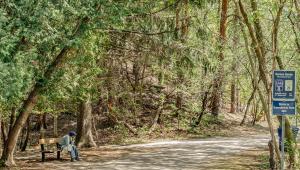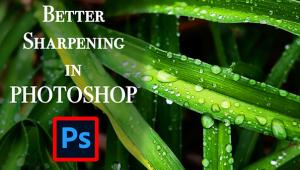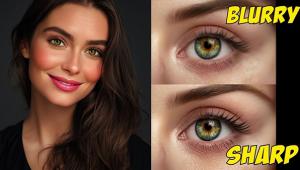Pro's Choice; Museum Photography: Diverse Tools For Diverse Needs; The Complex World Of Photography At New York’s American Museum Of Natural History Page 2
 |
|
|
The evolution to digital capture also means a computer system equal to the
task, and for this department that means Apple Macintosh computers. They use
Spyder2PRO for monitor calibration. Most recently, Matt Shanley joined the team
as IT guru. Aside from keeping the monitors calibrated, he's in charge
of setting up a dedicated server that will centralize storage of the museum's
photographs, a step welcomed by the photo studio.
Lighting At The Museum
While the workhorse studio strobe lighting system is Speedotron, with radio
slaves and a variety of umbrellas and softboxes, studio shooting has traditionally
been done with hot lights. But even here things are evolving. The studio has
recently invested in new digital lights, the LowelScandles, which are actually
daylight-balanced fluorescents. The reason they switched is because these lights
are designed to work with digital capture. "So much of what we shoot here
in the museum is light- and heat-sensitive," Finnin observed. "In
the old days, when using hot lights, you could only keep the lights on for short
periods. Now we can use the Scandles for extended periods and the Conservation
Department up in Anthropology has no qualms with us using these lights."
He continued: "And these lights are beautifully balanced. When you use
Daylight WB on the camera with the Scandles, the results are gorgeous!"
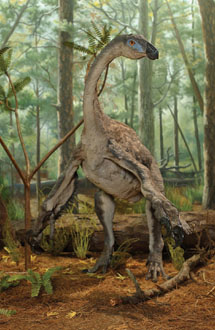 |
|
|
Most recently, following this columnist's recommendation, the studio
added several different light tents that the photo studio primarily uses for
jewelry and other highly reflective artifacts. As for the dioramas themselves,
many are shot with existing tungsten illumination, often from a catwalk overlooking
the scene.
Many live events bring the museum photographers in close quarters with VIPs
of every rank and distinction. Understanding that they have to record these
moments while ensuring the comfort of their guests, they find ways to soften
the intensity of the on-camera dedicated shoe-mount flash. Toward that end,
the studio recently switched over to the Gary Fong Lightsphere diffuser. Sometimes
they'll add one or two other shoe-mounts, which are held off to the side
and triggered remotely, just to open up the shadows.
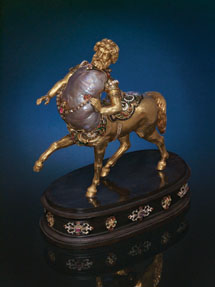 |
|
|
You can visit the American Museum of Natural History online at www.amnh.org.
- Log in or register to post comments















